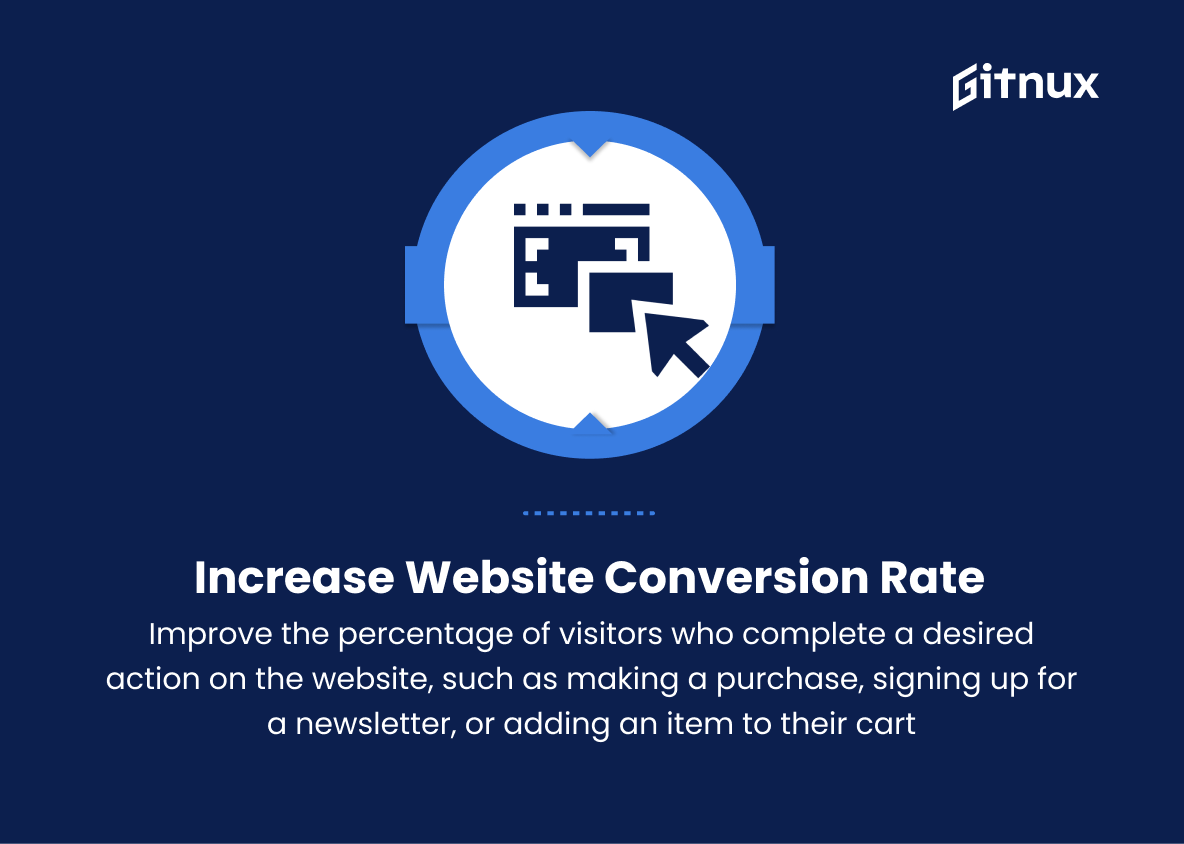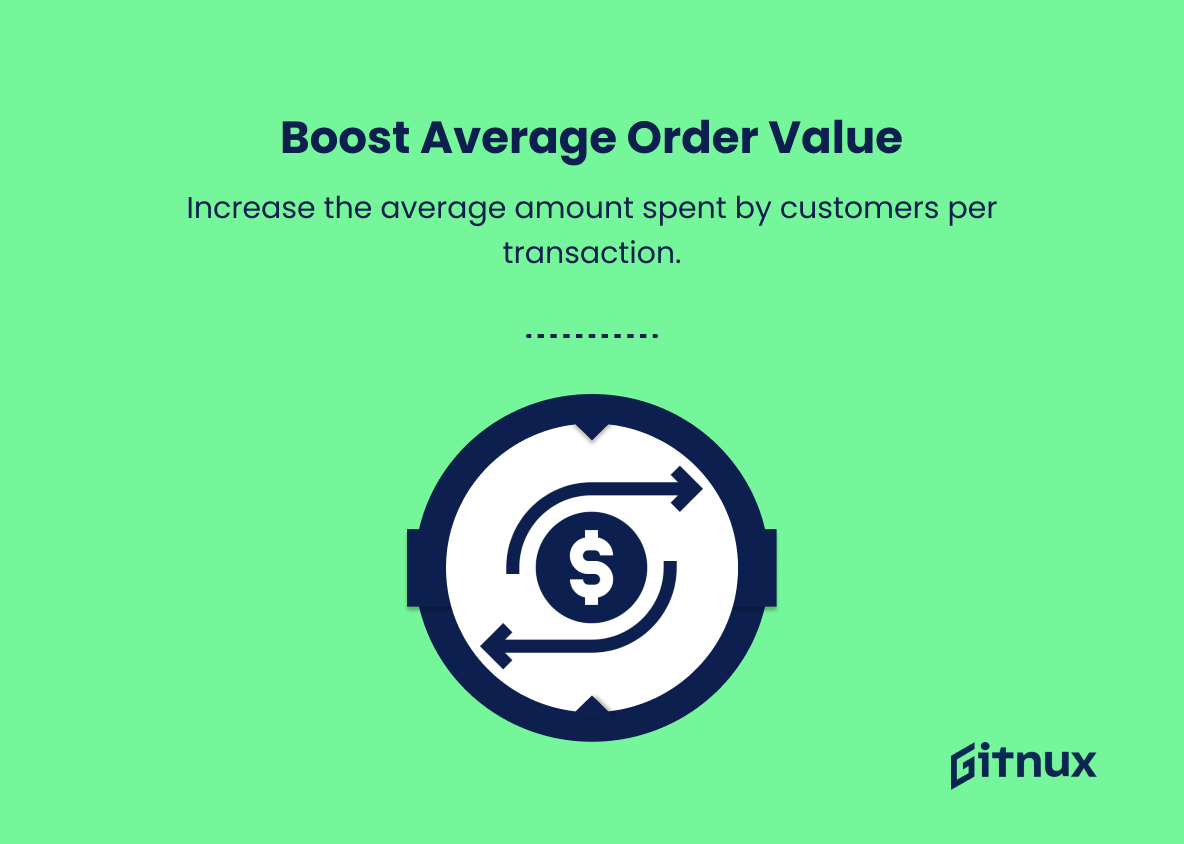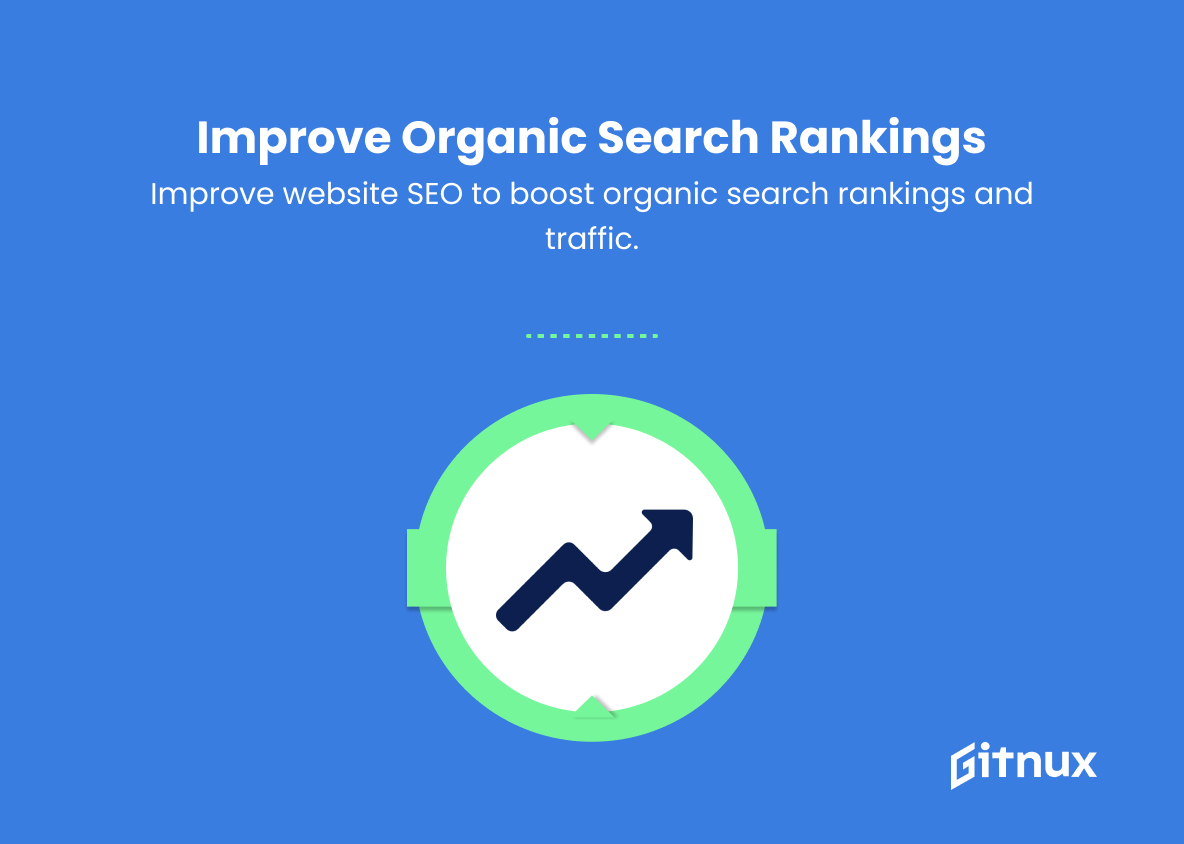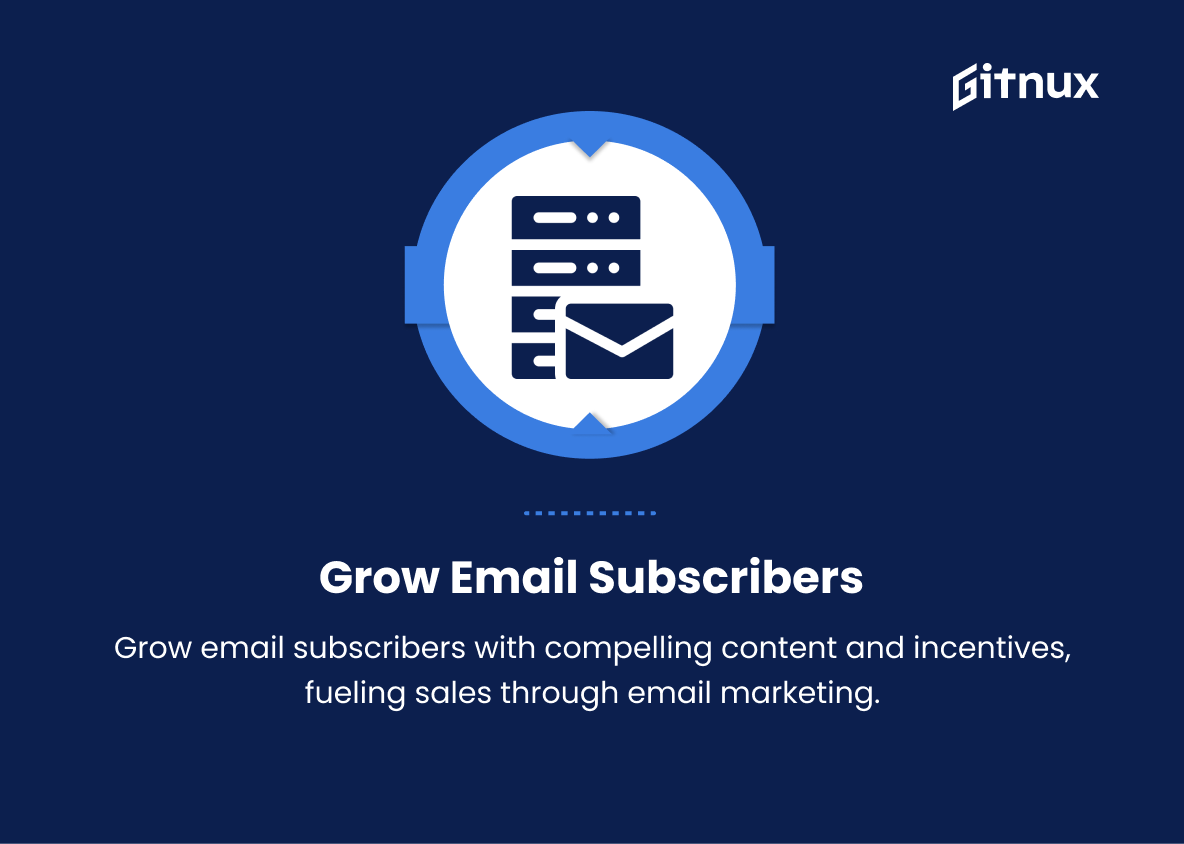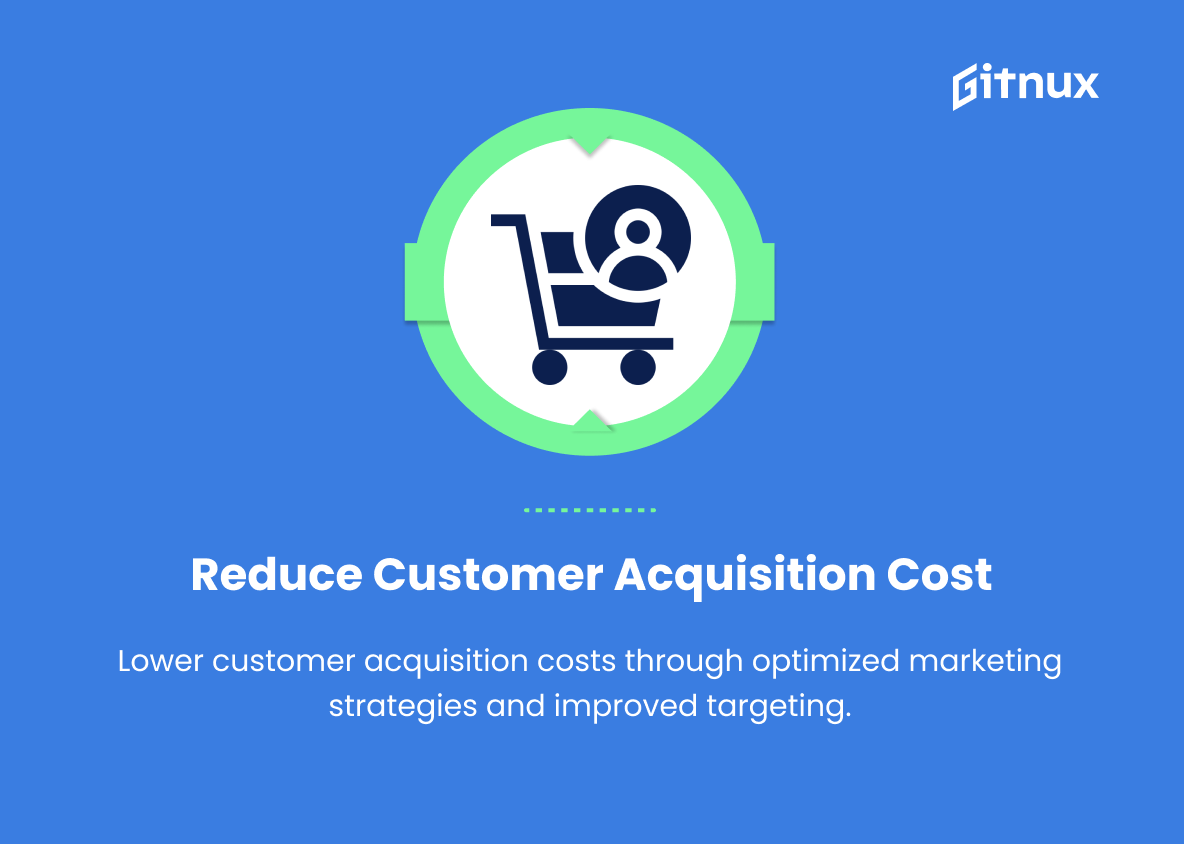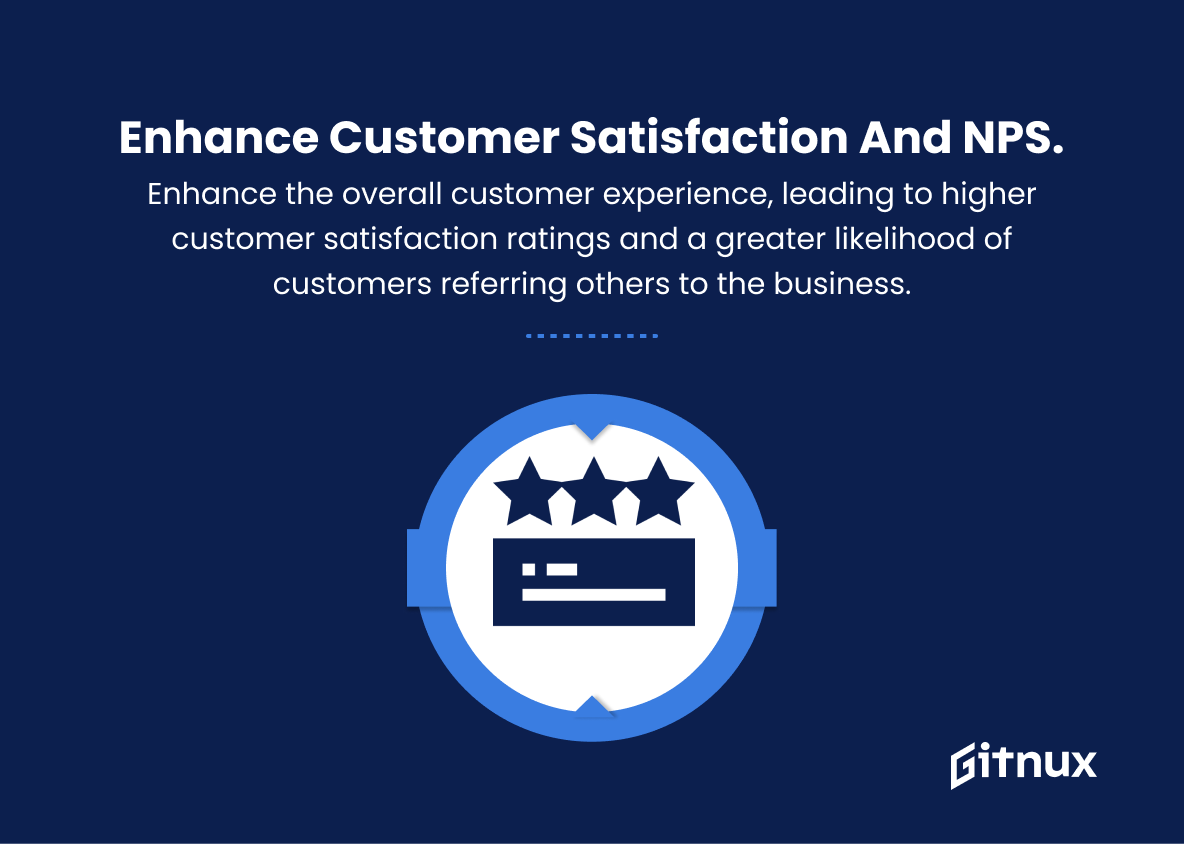In today’s rapidly evolving digital landscape, setting ambitious yet achievable objectives is crucial for the success of any ecommerce business. One of the most effective approaches to aligning goals, tracking progress, and driving continuous growth and improvement is through the implementation of OKRs (Objectives and Key Results). This strategic framework enables ecommerce businesses to focus on clear, measurable outcomes while fostering a culture of accountability and collaboration.
In this insightful blog post, we delve into the world of Ecommerce OKRs, revealing why this powerful method is essential to your online business strategy and how it can ultimately propel your organization’s success to new heights. So buckle up and join us as we embark on a journey to unlock the true potential of Ecommerce OKRs and take your business to the next level.
Ecommerce OKRs You Should Know
1. Increase website conversion rate
Improve the percentage of visitors who complete a desired action on the website, such as making a purchase, signing up for a newsletter, or adding an item to their cart. This OKR focuses on optimizing the user experience and webpage design to encourage more customers to complete their transactions.
2. Boost average order value (AOV)
Increase the average amount spent by customers per transaction. Tactics for achieving this OKR include offering product bundles, upselling, and cross-selling products, or implementing a loyalty program.
3. Reduce shopping cart abandonment rate
Lower the percentage of customers who add items to their cart but do not complete the purchase. This OKR aims to address issues such as hidden fees, complicated checkout processes, or lack of trust in payment security.
In today’s rapidly evolving digital landscape, setting ambitious yet achievable objectives is crucial for the success of any ecommerce business.4. Increase customer lifetime value (CLV)
Maximize the total revenue generated from a customer over the course of their relationship with the business. This OKR requires strategies for increasing customer retention, repeat purchases, and customer loyalty.
5. Expand website traffic
Attract more visitors to the website by implementing search engine optimization (SEO) strategies, engaging in content marketing, and leveraging social media and email marketing campaigns to reach a wider audience.
6. Improve organic search rankings
Enhance the website’s visibility in search engines by optimizing content, meta tags, and other on-page factors for targeted keywords, leading to higher organic search rankings and increased website traffic.
One of the most effective approaches to aligning goals, tracking progress, and driving continuous growth and improvement is through the implementation of OKRs (Objectives and Key Results).7. Grow email subscribers
Increase the number of email subscribers by creating engaging content and offering incentives for sign-ups, leading to a larger audience for email marketing campaigns and ultimately driving more sales.
8. Enhance social media engagement
Strengthen the brand presence on social media platforms, increasing the number of followers, likes, shares, and comments, ultimately driving more traffic to the website and increasing sales.
9. Reduce customer acquisition cost (CAC)
Decrease the average cost of acquiring a new customer by optimizing marketing strategies, increasing advertising efficiency, and improving targeting and segmentation efforts.
10. Improve customer satisfaction and Net Promoter Score (NPS)
Enhance the overall customer experience, leading to higher customer satisfaction ratings and a greater likelihood of customers referring others to the business.
11. Increase mobile commerce sales
Boost sales from mobile devices by improving mobile website design, enhancing the mobile app, and optimizing the user experience for mobile shopping.
12. Optimize product pages
Improve product pages to provide a clear and compelling value proposition to potential customers, increasing click-through rates, and encouraging more purchases.
Ecommerce OKRs Explained
The aforementioned Ecommerce OKRs matter significantly as they collectively contribute to the overall growth and success of an online business. By focusing on improving website conversion rates and reducing cart abandonment, businesses can optimize the user experience and increase sales. Meanwhile, boosting average order value and customer lifetime value enables the business to generate more revenue per customer, further enhancing profitability. Expanding website traffic, improving organic search rankings, growing email subscribers, and enhancing social media engagement are essential for attracting potential customers and building brand awareness.
Reducing customer acquisition costs allows businesses to optimize their marketing strategies and allocate resources more efficiently. Moreover, improving customer satisfaction and NPS, increasing mobile commerce sales, and optimizing product pages all contribute to a better and more satisfying shopping experience for customers, fostering long-term loyalty and increased sales. Overall, these OKRs provide a comprehensive framework for improving various aspects of an Ecommerce business, leading to growth and sustainable success.
Conclusion
In conclusion, Ecommerce OKRs play a vital role in the success and growth of your online business. By setting clear, measurable, and actionable objectives, you set a strong foundation for your team to follow and excel. Utilize these OKRs to continuously evaluate, recalibrate, and optimize your ecommerce strategies, all while fostering a culture of transparency, accountability, and achievement.
The ever-evolving landscape of ecommerce requires adaptability, resilience, and forward-thinking. Implementing Ecommerce OKRs in your company will not only help you gain a competitive edge but also ensure long-term success and prosperity. So, take the time now to establish your objectives and key results, and unlock your ecommerce business’s true potential.
